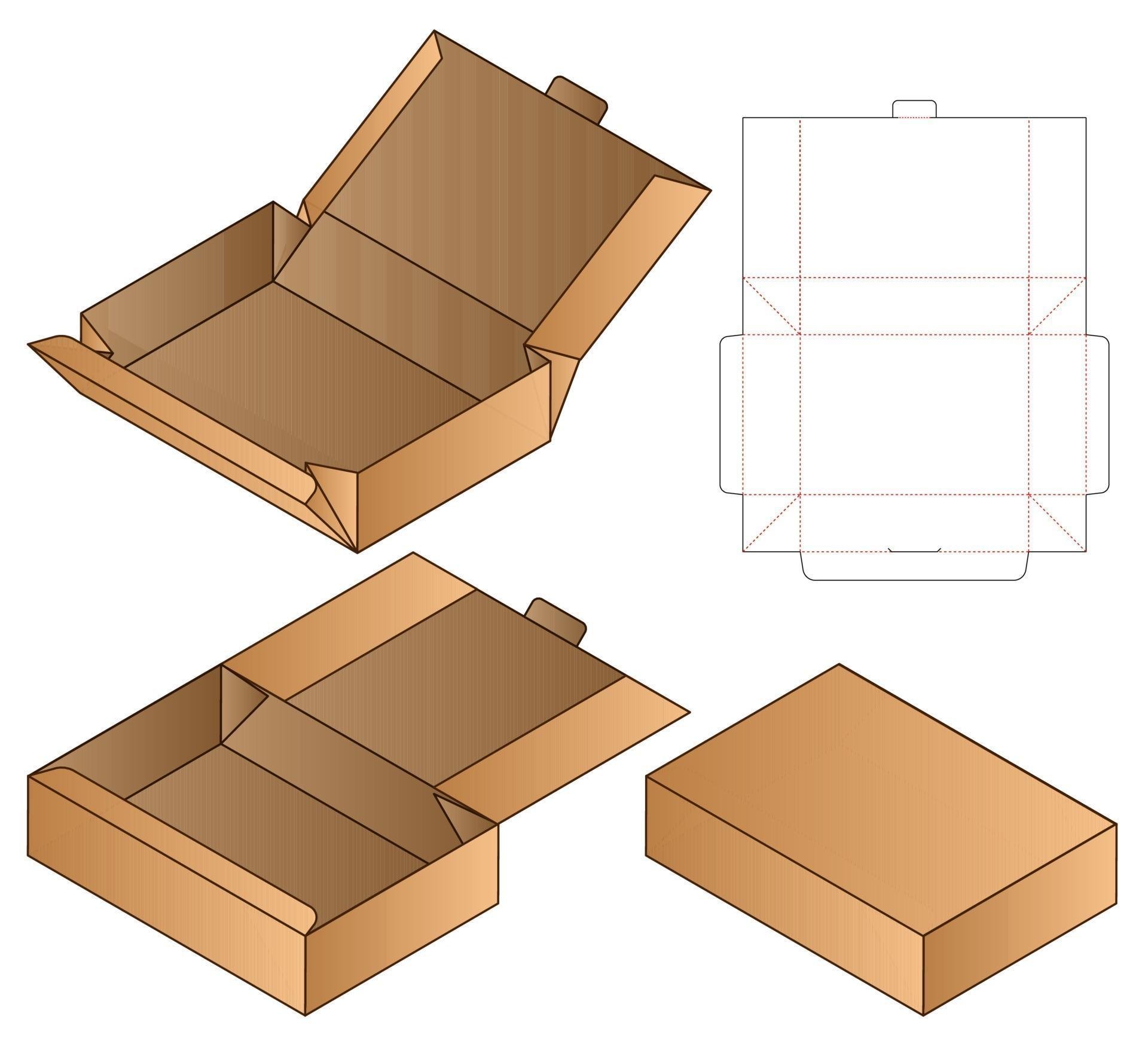In today’s competitive marketplace, the presentation of a product plays a crucial role in capturing consumer attention and influencing purchasing decisions. Beyond merely wrapping an item in basic packaging, businesses are increasingly turning to creative solutions that enhance brand perception and customer experience. This article explores innovative approaches to product presentation, aiming to inspire businesses to rethink their packaging strategies and leverage design as a tool for differentiation and brand enhancement.
Importance of Product Presentation
The manner in which a product is presented significantly impacts consumer perception and purchasing behavior. Effective product presentation goes beyond functional packaging; it encompasses design elements that evoke emotion, communicate brand values, and differentiate the product from competitors. Consumers are drawn to aesthetically pleasing and well-packaged products, associating quality packaging with the overall quality of the product itself. This section explores the various aspects of product presentation that businesses should consider to create a lasting impression on consumers.
Trends in Packaging Templates
The design of a packaging box template plays a crucial role in product presentation and functionality. Businesses often use customizable box templates to create unique packaging solutions that align with branding objectives and product specifications. This section outlines current trends in packaging templates, including modular designs, minimalist aesthetics, and multifunctional structures. Understanding these trends enables businesses to choose templates that not only enhance product visibility but also optimize logistical efficiency and consumer experience.
Creative Packaging Designs
Innovative packaging designs can serve as powerful marketing tools. They not only protect the product but also serve as a canvas for brand storytelling and consumer engagement. Brands are increasingly experimenting with unconventional shapes, materials, and functionalities to stand out on shelves and in digital marketplaces. This section examines some notable examples of creative packaging designs that have successfully captured consumer attention and contributed to brand success.
Sustainable Packaging Solutions
With growing environmental consciousness among consumers, there is a rising demand for sustainable packaging solutions. Businesses are under pressure to minimize their environmental footprint by opting for recyclable, biodegradable, or reusable packaging materials. This shift towards sustainability is not only driven by regulatory requirements but also by consumer preferences for eco-friendly products. This section discusses various sustainable packaging options available to businesses and their impact on brand perception and environmental sustainability.
Customization and Personalization Trends
Personalized packaging has emerged as a strategy to create memorable consumer experiences. By tailoring packaging to individual preferences or occasions, brands can strengthen customer loyalty and foster emotional connections. Customization can range from simple personalized messages to fully bespoke packaging designs that reflect the uniqueness of each customer. This section explores how brands are leveraging customization and personalization trends to enhance customer engagement and differentiate themselves in the market.
Digital Innovations in Packaging
Advancements in technology have revolutionized product packaging through digital innovations. Augmented reality (AR), QR codes, and near-field communication (NFC) are being integrated into packaging to provide interactive experiences for consumers. These technologies bridge the gap between physical products and digital content, offering additional product information, tutorials, or immersive brand experiences. This section examines the impact of digital innovations on packaging and their potential to reshape consumer engagement strategies.
Role of Packaging in Brand Identity
Packaging serves as a tangible representation of a brand’s identity and values. It communicates brand positioning, aesthetics, and messaging to consumers at the point of purchase and beyond. Consistent and well-designed packaging reinforces brand recognition and fosters trust and loyalty among consumers. This section explores how packaging design aligns with brand identity and influences consumer perceptions of product quality and value.
Integration of Eco-Friendly Materials
The shift towards eco-friendly packaging materials is a significant trend in the packaging industry. Businesses are increasingly opting for materials such as recycled cardboard, bioplastics, and compostable films to reduce environmental impact and meet consumer expectations for sustainability. This section explores the benefits and challenges of integrating eco-friendly materials into packaging solutions and highlights successful case studies of brands that have embraced sustainable packaging practices.
Conclusion
In conclusion, effective product presentation goes beyond conventional packaging practices to embrace creativity, sustainability, and digital innovation. By leveraging innovative packaging designs, customization trends, and eco-friendly materials, businesses can enhance brand visibility, consumer engagement, and environmental responsibility. As consumer preferences evolve and competition intensifies, adopting a strategic approach to product presentation is essential for maintaining a competitive edge and fostering long-term brand success.










